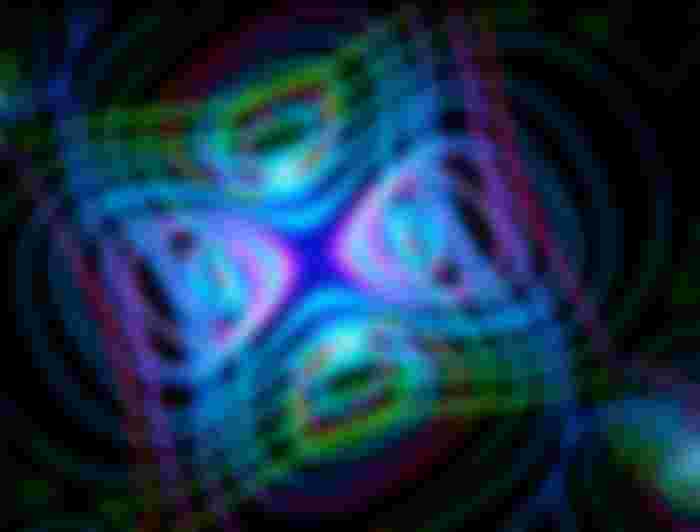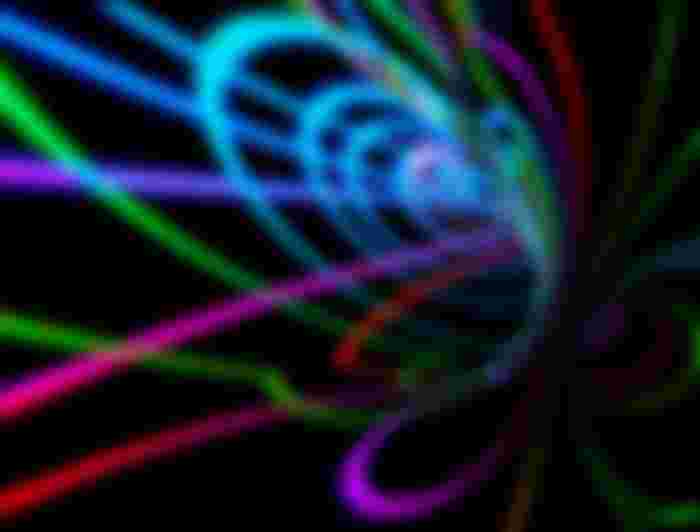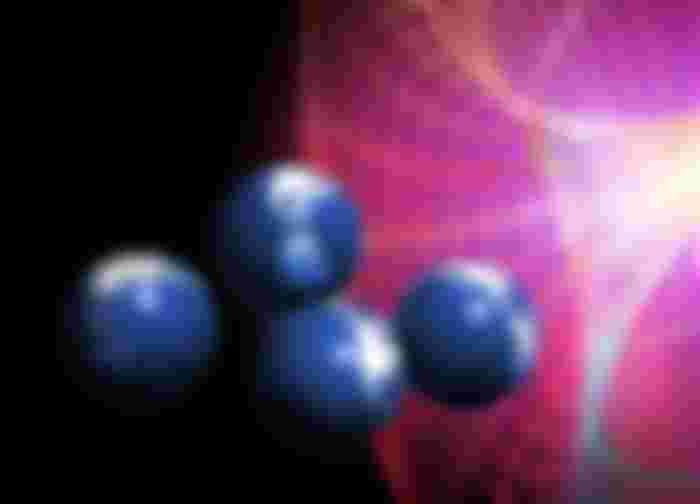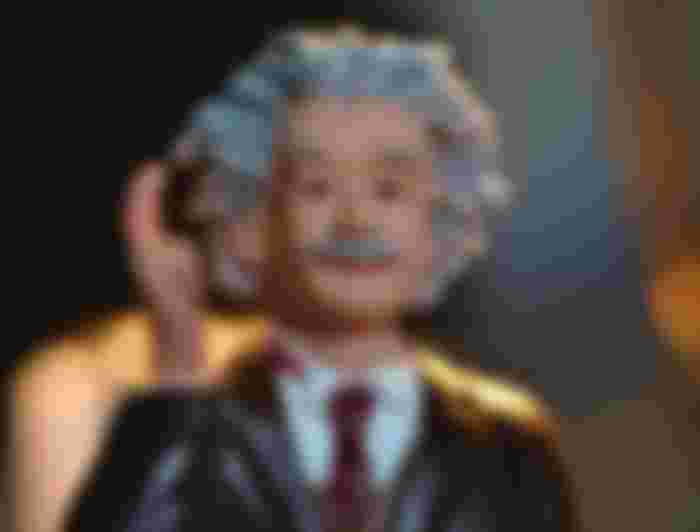Quantum physics is a branch of physics that deals with the behavior and properties of matter and energy on the smallest scales of space and time. It’s a relatively young field of study, but it’s already showing that the world is a very different place than we once thought. Here are the basics of quantum physics, and how it’s already impacting our lives.
What is quantum physics?

In the physical world, the smallest particles are made up of so many electrons that scientists often refer to these particles as “quarks.” For example, the nucleus of an atom is made up of protons and neutrons, which are combined into atomic nuclei like the nucleus of an atom.
The nucleus is made up of protons, which are made of quarks. The number of protons in an atom is always equal to the number of neutrons and is equal to the number of quarks.
So, when we say that there are “two protons” in an atom, we’re referring to a single quark.
What are the basics of quantum physics?

Have you ever wondered why you can read the sentences on the box in front of you but not the ones inside the box? This isn’t just an isolated example of quantum physics. In fact, you can read quantum physics in many different ways.
One is the perspective of a field of science called quantum mechanics. This is the well-known subfield that discusses the behavior and properties of matter and energy on the smallest scales of space and time.
But you can also read it as a metaphor for what’s happening in the world right now.
How is quantum physics different from classical physics?

The fundamental difference between classical physics (the way we experience everyday life) and quantum physics is that with classical physics the smallest unit of energy (or material) is usually a mass.
That mass can be called a photon, which we’ll get into later. For example, when a beam of light hits our eyes, it’s a mass, and we can see that light.
But a photon is not a material object, so why does light behave the way it does? The quantum scale shows that energy (or mass) is not the most important thing to consider in the physical world.
Instead, matter and energy are closely related to each other in a weird and wonderful way that has to lead to some truly remarkable results. Quantum physics shows that matter and energy are distinct “waves”.
How did quantum physics impact our understanding of the world?

The idea of mini-particles as the building blocks of the universe is not new. The world-famous physicist Richard Feynman was one of the early visionaries to imagine them, and what they could do.
He theorized that quantum particles could transmit information faster than light, and not only that but that they might be able to manipulate matter and influence the laws of physics on a very tiny level.
This idea didn’t really pan out, but it’s interesting to think about how different our world could be without these little particles. In reality, all matter isn’t just composed of particles.

Materials can be composed of electrons, protons, or even atoms, and at the atomic level, atoms are all of a piece.
Everything started with a tiny particle. The smallest particles we know of exist at the most atomic, tiny, microscopic levels.
This is a similar process to what we see in the macro world, where you need to look at something much, much smaller to understand its properties. A similar property is the phenomenon of quantum entanglement.
In a nutshell, this is a phenomenon in which two particles are entangled at the smallest possible scale of the universe.
So you may ask Why is quantum entanglement important?

Because of quantum entanglement, we can observe the smallest particles in the universe. Through experimentation with particles smaller than one nanometer, scientists have determined how the smallest quantum particles behave, and it blows our minds.
Why are quantum physics and quantum computing different?

To understand quantum physics and quantum computing, you have to know a bit about the science of atoms and molecules.
Physicists have been studying matter and energy on such small scales for nearly 200 years, and one of the major reasons that scientists are having such an impact in technology today is because of the revolution in atomic physics and quantum physics that’s been taking place over the past few decades.
Atoms and molecules are pretty boring things—basically the smallest building blocks of matter. We’re talking about protons, neutrons, electrons, and all the rest of them.
My Verdict

Most scientists and engineers will admit that this is a subject that boggles the mind. There’s so much to know and understand, and the more we learn, the more we realize how complicated and mysterious the world truly is.
Did you enjoy it? It’s all free ( You are welcome to repost this article on any platform you wish, but be sure to link back to this one), so please share it on Twitter, Reddit, or noise.cash let spread the love.
Thanks for Reading Another article of mine (NakemotoBCH), please Share...
Freelance and available for hire
Cheers!!
The Government's Obsession On Privacy: How It's Affecting Our Freedom
The Secrets of a Crypto Trader: What I Learned from Investing in Crypto







